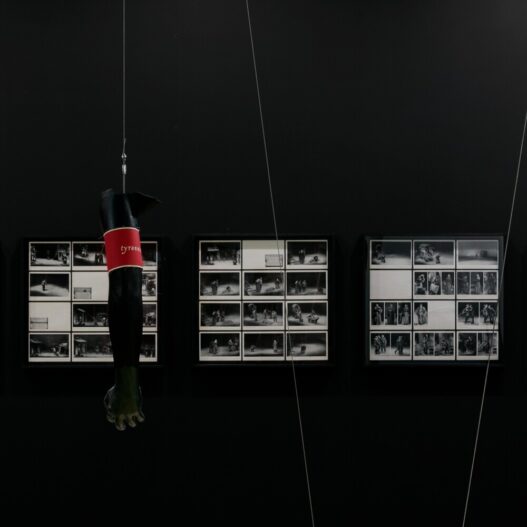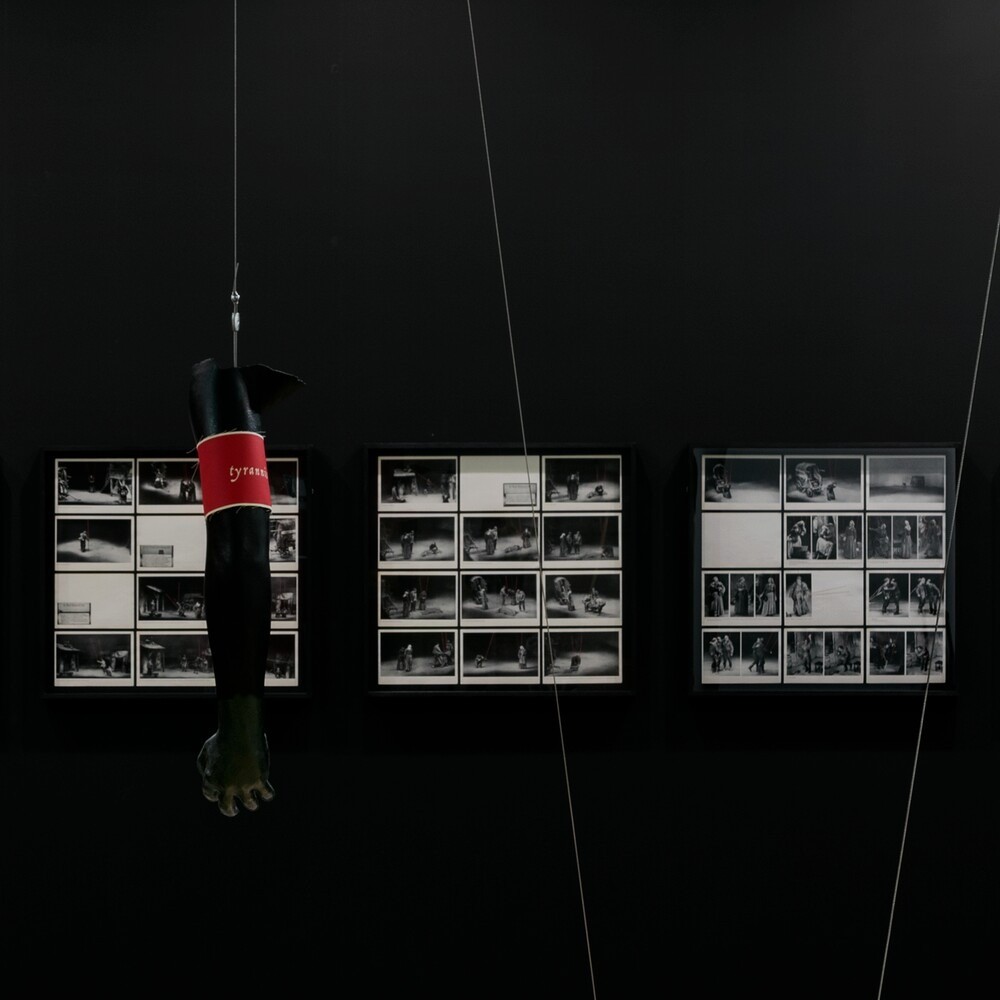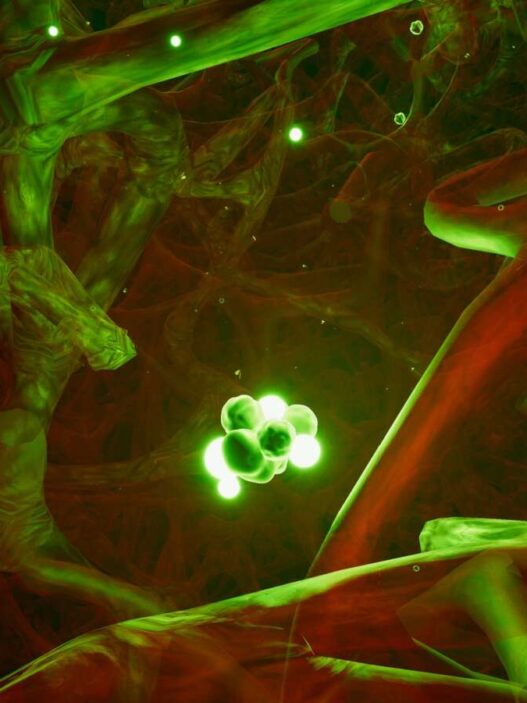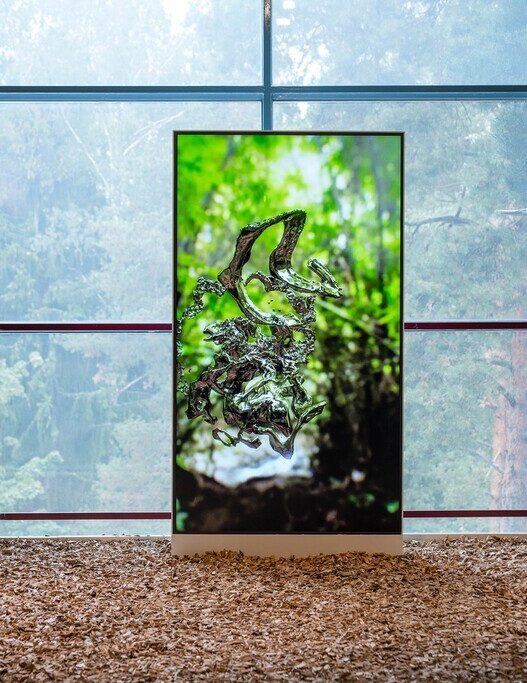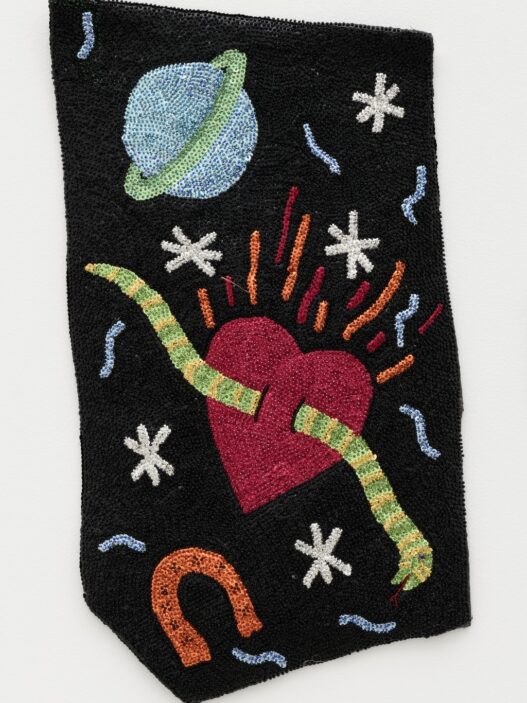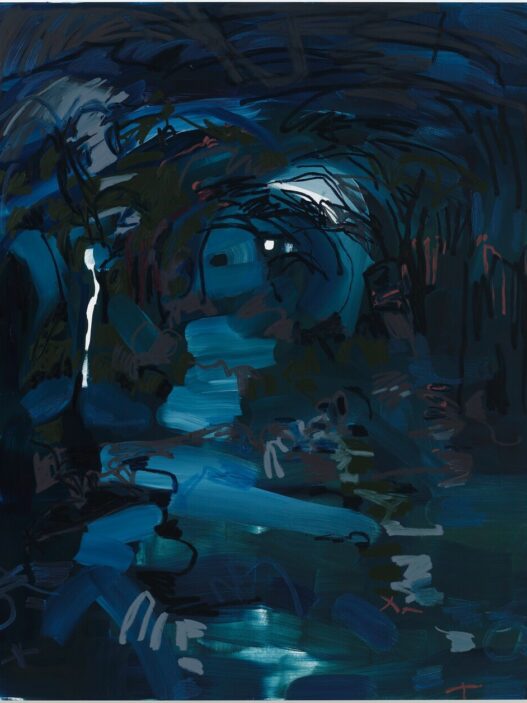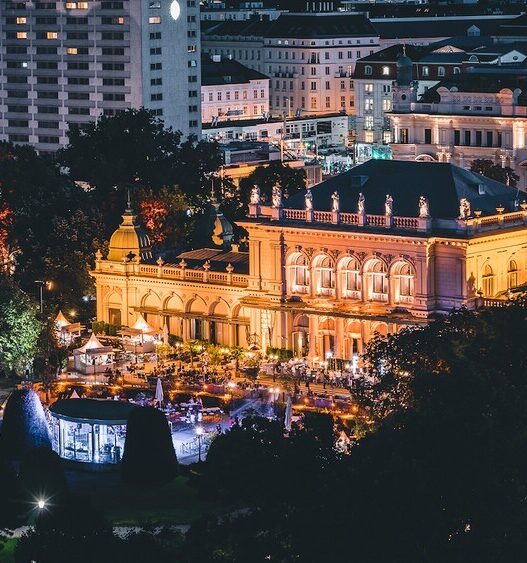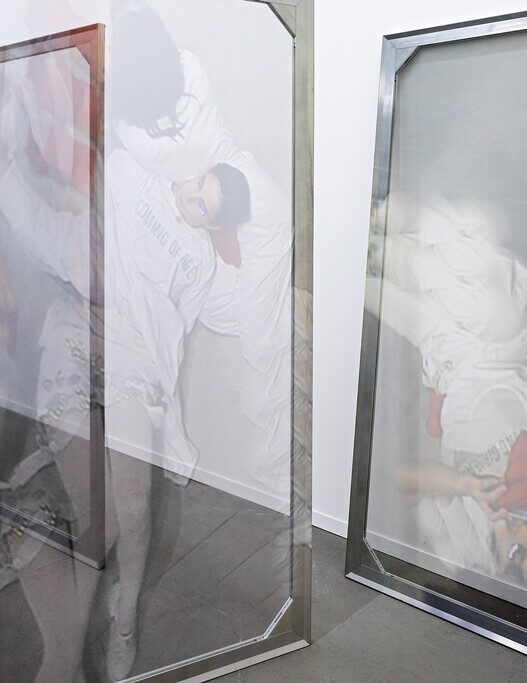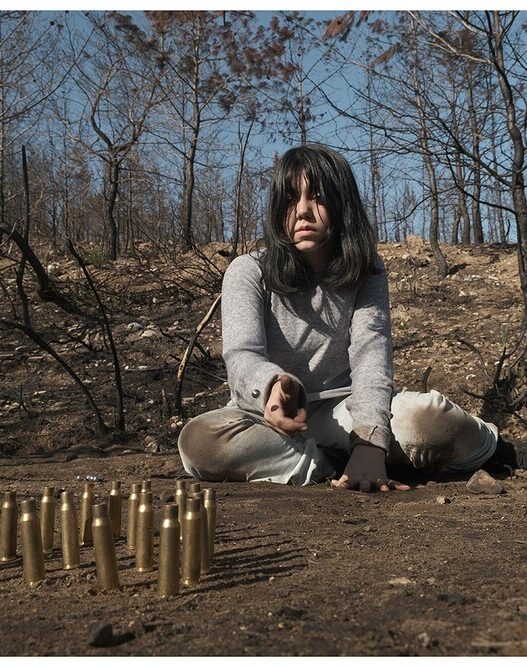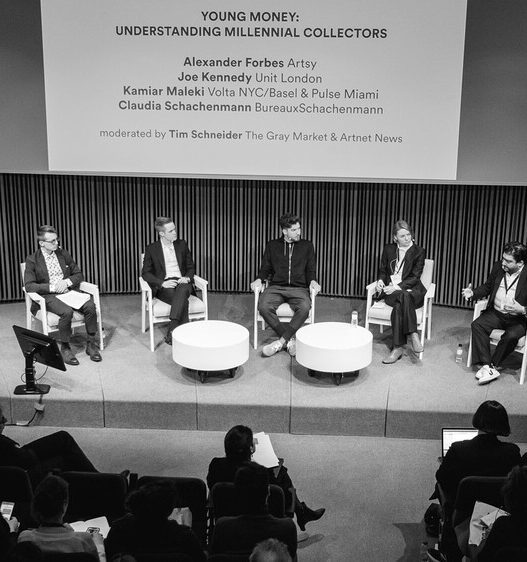September 9–November 26, 2022
Exhibition opening: September 8, 6–9pm
Simon Wachsmuth‘s solo show Seven Deadly Sins is proudly presented by Zilberman Berlin. Work by Wachsmuth focuses on how to handle historical tales. His research-based writings explore many groups of cultural and political links and frequently have historical allusions. His artwork has shown in exhibitions like Documenta 12, the Biennial of Istanbul, and the Biennials of Busan and Macao.
Wachsmuth decides to look into specific histories in Seven Deadly Sins that originated in Berlin, the city where he currently resides and works. Wachsmuth demonstrates how power structures impact our perception of history and our environment by tackling the issue of conflict being intertwined with history, both public and private.
There are several bronze casts of human arms called Saligia. Similar to the remains of bronze statues, the arms are absent from the body. The body fragments also represent the first victim of conflict. The sculptural depictions were given armbands to represent the intricate interaction between people and the symbols of authority and to capture historical political events. In contrast to the seven sins written on white, tyranny is written on a red binding. The artist suggests a new interpretation of these concepts, viewing them as not only human but also vital to effecting change. In this work, the relationship between power dynamics and their victims, as well as the seven deadly sins and the concept of tyranny, is investigated.
The phrase “genius malignus” dates back to René Descartes. No matter how much you look at the world and believe you understand it, there is always an evil spirit that persuades you that it looks different. This title alludes to a statement made by this philosopher in the 17th century. You must therefore doubt your own observations. The extensive body of work by Wachsmuth consists of a collection of book pages with photographic photographs. The photos were obtained from a record of the production of Bertolt Brecht, a playwright, poet, and theater practitioner, who wrote the 1930s play Mother Courage and her Children. The play is set in 17th century Europe, during the Thirty Years War; a time in which some of the political structures that we know in politics today, were starting to take shape.
In the third piece of the exhibition, Simon Wachsmuth presents the record of the performance I work day and night (2021), which was carried out by the feet of a sculpture of Heinrich von Kleist in Berlin. The performance is based on the extreme restlessness that poet Else Lasker-Schüler and artist Heinrich von Kleist both experienced. By spending the night at the sculpture’s base on a red cross blanket and reflecting on social advancement and the still-unresolved difficult economic circumstances of cultural workers, Wachsmuth links the stories of both authors with his own.
The exhibition’s last piece is a video sketch that serves as the beginning of a larger project. A piece by John Heartfield and Rudolf Schlichter with the working title Preussischer Erzengel was displayed in the first Dada Salon in Berlin in 1920. The puppet, dressed in a military uniform and holding a placard that made reference to Berlin’s historic airfield Tempelhofer Feld, was suspended from the ceiling by the artists. The art and the Dada movement as a whole are influenced by the post-war era’s anti-militaristic sentiment. Wachsmuth’s work Hoch vom Himmel komm ich her (2022) sets out to depict the different meanings that the Tempelhofer Feld in Berlin has had over time; from a military exercising ground and hub of Nazi politics to a place associated with freedom.
In association with Laurie Schwartz and Itinerant Interludes, Zilberman performs during the show. A catalogue for Seven Deadly Sins includes writings from Simon Wachsmuth, Bettina Klein, and Lotte Laub.
Zilberman Berlin
Goethestraße 82
10623 Berlin
Germany
www.zilbermangallery.com
Instagram / Facebook









